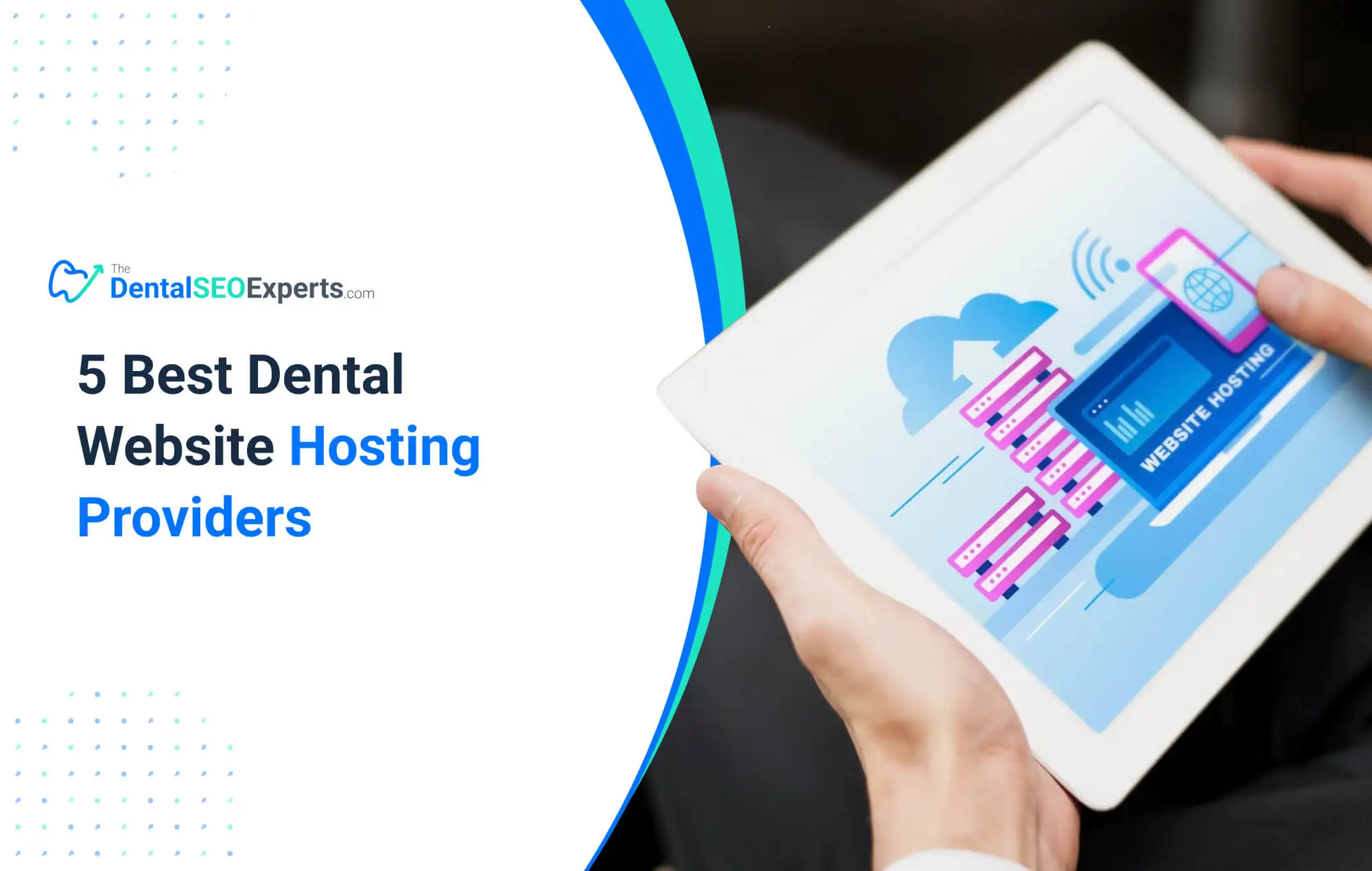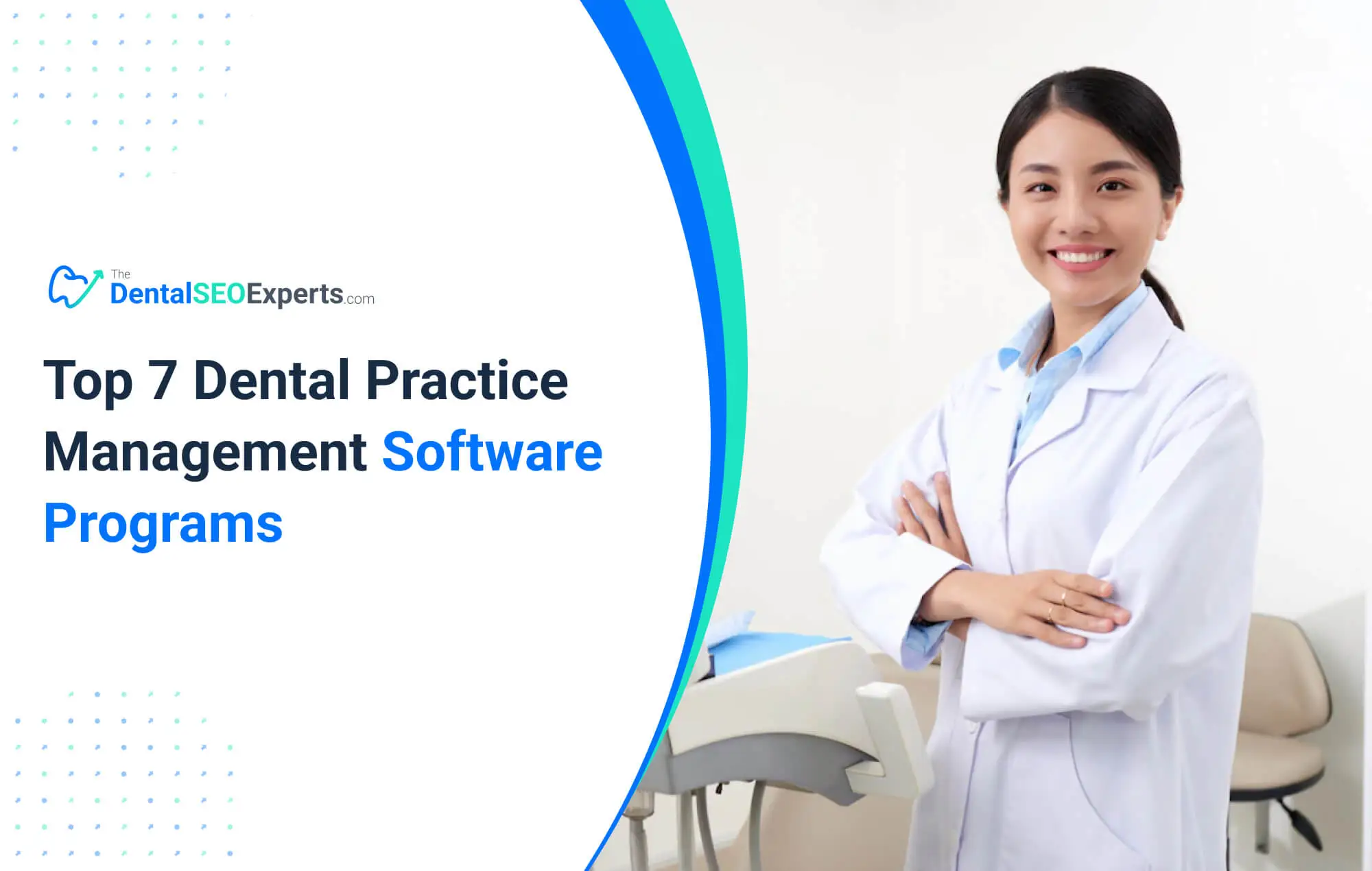
There are many methods of marketing, most of which fall into two categories: digital and traditional marketing. Despite its ever-growing popularity and multitude of advertising opportunities, some people still question the worth of digital marketing. Should they? This article aims to answer that question and dispel digital and traditional advertising misconceptions.
However, if you’d like to focus on a more specific marketing area, you can read more on The Dental SEO Experts' blog. Otherwise, keep reading to grasp the nettle of advertising and understand the difference between traditional and digital marketing.

Digital marketing is an approach to advertising that uses digital means to communicate and promote a message about a product, service, or business. In a nutshell, digital marketing is any form of advertising that takes place online or through a digitized format.
Digital Marketing Channels

Digital marketing offers a wide range of promotional avenues, with the buck stopping at the vast extent of the Internet. Here are just a few of the most popular digital marketing methods.
SEO
Search Engine Optimization (SEO) is the process of enhancing websites for visibility on Search Engine Results Pages (SERPs) like Google’s. SEO is a long-term marketing strategy that aims to attract highly targeted web traffic that generates interested leads. When done correctly, it is an extremely effective digital marketing method with many of its own marketing avenues, including backlinking, local SEO, and technical SEO.
Social Media
Social Media Marketing (SMM) refers to using social media platforms like Facebook or Instagram to promote a product, service, business, or person. It offers advertisers a way to organically generate traction by leveraging trends and social media algorithms. The organic advertising of social media marketing means businesses can promote themselves without spending a dime. However, inorganic marketing methods, such as the below-discussed pay-per-click ads, are available on most social media platforms.
PPC Ads
Pay-per-click (PPC) ads enable advertisers to place advertisements on social media platforms and websites, whereby they pay a small fee each time the ad is clicked by a web user. You may also hear of pay-per-impression (PPI) ads, in which advertisers pay a fee each time their ad is presented to a user. PPC ads typically target particular user interests, but the selection of interests is often limited. For example, when creating a PPC ad cipf-es.org on Facebook and Instagram, advertisers are forced to select from an existing database of interests – they cannot add their own.
Email Campaigns
Of all the listed digital marketing methods, one of the most tried and tested, traditional, if you will, channels is email campaigns. Advertisers build a large mailing list, generated through various methods like website sign-ups, mail information and newsletters about certain products. Though many people see email as a dying format, 79 percent of marketers still argue its importance.
What Is Traditional Marketing?

Unlike digital marketing, traditional marketing is concerned with offline promotional avenues. Traditional marketing campaigns are often focused on a wider audience and executed on a large scale.
Traditional Marketing Techniques

Although limited to the physical medium, there are many forms of traditional marketing, including broadcast, print advertisements, telemarketing and outdoor advertising.
Broadcast
Broadcast advertising promotes a product or service using TV, radio, or any other kind of broadcast media. Generally speaking, broadcast advertising can be as targeted as the TV or radio channel’s audience demographic. However, with such broad audiences, ads are bound to end up in front of someone interested. Ultimately, broadcast advertising is about scale, not niche.
Print Advertisements
Print media refers to any printed medium, such as flyers or newspapers. Running newspaper ads allows advertisers to find a middle ground between the generally broad nature of traditional marketing and targeted promotion. This is thanks to special interest magazines. However, though print media offers a way to target interests like digital marketing, it comes at a higher price. Where PPC ads can be placed for a small fee, print and broadcast ads typically cost substantially more.
Telemarketing
Telemarketing is, to be frank, the bane of many people's existence, with 87 percent of Americans ignoring marketing calls. Telemarketing refers to advertising over the phone, often through unsolicited phone calls. But despite most consumers avoiding telemarketing calls, 60 percent of marketing managers still view the practice as effective.
Outdoor Advertising
As the name suggests, outdoor advertising promotes a product or service outside instead of trying to infiltrate homes. This typically takes place as billboard ads or banners on the side of public transportation and buildings. Outdoor advertising is considered to be one of the oldest forms of traditional advertising, and the market is still booming today.
Blurred Lines

As the world becomes more digitized, the lines between traditional and digital marketing are increasingly blurred. For example, video streaming services like Pluto and Plex offer digital means of watching TV and films but feature traditional-style broadcast advertisements. Do these advertisements constitute digital marketing because they’re featured on a digital platform, or do they remain traditional?
Answering the above question may not seem particularly pressing, but if traditional advertising techniques become commonplace on digital platforms, advertisers could see a sharp rise in marketing spend. For instance, the average cost to place an ad on national television is $104,700; that’s not even including production costs. PPC ads, on the other hand, can cost as little as $1, with flexible budgeting options and the average cost per click (CPC) being $1.03.
From a less cynical standpoint, this combination of traditional and digital advertising offers marketers a third way, as it enables advertisers to make the best of both worlds when it comes to targeting consumers. Yet, this is not likely to be the way forward. These blurred lines may just be a result of our technology-orientated society.
Industry Growth and Trends

You may wonder why we’re not exploring the trends of both digital and traditional marketing. Well, until very recently, traditional marketing was slated to fall into a steep decline and face crippling stagnation. So, you won’t be surprised to hear that there have been few new trends in the traditional marketing industry. However, in the last year, the traditional marketing industry has, in fact, seen unexpected growth.
It’s estimated that traditional advertising spend will increase by 11.7 percent over the next year. This comes as consumers are experiencing strong negative feelings toward digital promotion efforts. For example, 57 percent of consumers say they dislike ads playing before streaming video on the web. As a result, advertisers are predicting higher levels of engagement with traditional advertisements than with digital for the first time in many years.
This does not mean that the digital marketing industry is on a decline. In fact, the industry is estimated to reach a worth of over $786.2 billion by 2026. As you can imagine, this means that a huge amount of activity is happening within the industry, leading the way for many new marketing trends to arise.
Digital Marketing Trends
Now, let’s take a look at three of the current top trends in digital marketing.
AI-Powered
AI has been the intrigue of many industries for the last decade, and it’s found a strong footing in the digital marketing sphere. This is particularly apparent for SEO practices, like content writing. This article was not written by AI, but this guide to Google My Business (GMB) was, using an AI-driven application called Jasper.ai. AI-created content allows advertisers to produce a large volume of content at a low cost and a fast rate, keeping SEO considerations in check. There’s still a ways to go in terms of human-like quality, but it won’t be long until that’s achieved.
Video Marketing
Remember when Instagram was almost exclusively used for posting photos? Now over 18 percent of posts on Instagram are videos, which is set to continue growing. But the increased popularity of video content is not exclusive to Instagram – it’s internet-wide. In fact, video content has become an integral part of digital marketing, with 61 percent of advertisers citing it as an important part of their strategy.
Live Stream Shopping
Live streaming is an increasingly popular form of digital media, with an industry worth of over $70 billion. A new trend within this market, spearheaded by Chinese TikTok users, is live stream shopping. This is not too different from teleshopping shows found in the traditional marketing sphere; however, live stream shopping takes place on social media and plays on current trends, such as the use of particular songs. Though this trend has largely taken hold in China, it’s expected to make its way to the west.
Which Is More Effective?

Determining the effectiveness of traditional and digital marketing is restricted by context. Every business, and dental practice, will have a different audience demographic that responds better to one facet of marketing than another. For example, younger audiences will likely engage with digital marketing over traditional, due to greater exposure to technology and current trends.
As a result, before choosing a marketing method, it’s crucial to understand your target audience and their marketing preferences. Having said that, we are in a digital age, meaning that some level of digital marketing is recommended. If you run a small dental practice, digital marketing is the way to go due to the lower costs and increased manageability.
Digital Marketing from The Dental SEO Experts

If you’re considering digital marketing options to promote your dental practice and generate leads, look no further than The Dental SEO Experts. We have a team of dedicated professionals ready to create an effective digital marketing strategy suited to your practice. Schedule a free consultation with us today to learn more.
Related Articles


5 Best Dental Website Hosting Providers
Statistics show that only 11 percent of users would return to a site if they could...




